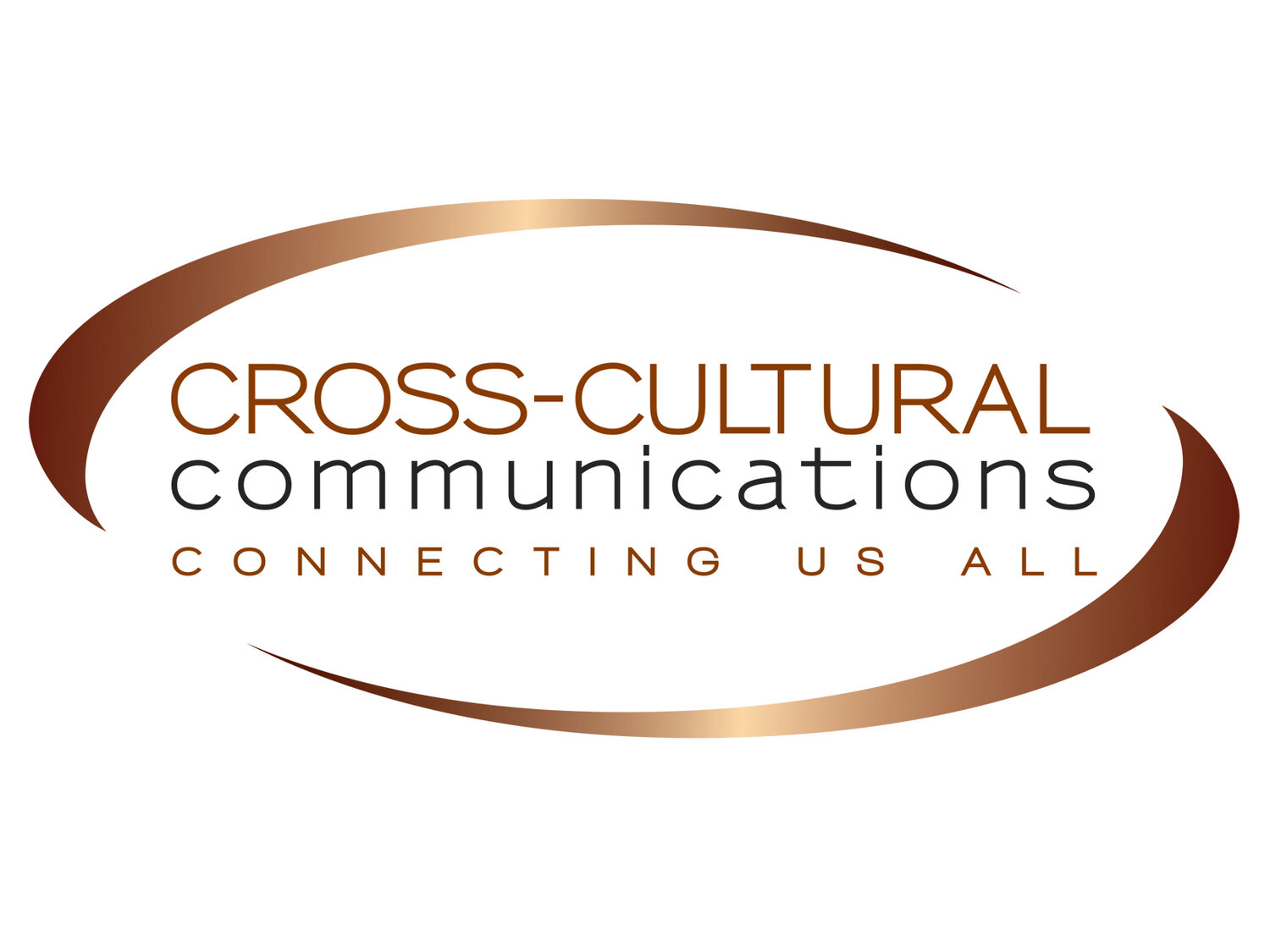International standards
ISO 13611:2014. Interpreting--Guidelines for Community Interpreting. The International Organization for Standardization published its first International Standard for any specialization of interpreting in 2014, after five years of development by 22 national member delegations. This document represents the first international standard for community interpreting. The document is a guideline standard, meaning that it contains no requirements but offers valuable information about international consensus on the profession and the industry. Purchase and download at http://www.iso.org.
In terms of broad ISO overviews, here is an article to help you understand international standards for translation and interpreting. (ISO is the leading body for the creation of international standards for everything from light bulbs and seatbelts to the standard abbreviations for languages--i.e. language codes).
ASTM International, F2089-15 Standard Practice for Language Interpreting. West Conshohocken, PA: ASTM International. $43.00 These industry standards were developed in 2001; the current standard was published in 2015. These standards are not mandatory but critically important: the requirements offer a national charter for the development of voluntary standards. In addition, this requirements-based standard identifies components of quality language interpreting. (ASTM International was formerly known as the American Society for Testing and Materials.) ASTM International's standards are used in more than 100 countries. To order or download a copy contact:
ASTM International
100 Barr Harbor Drive
PO Box C700
West Conshohocken, PA 19428-2959.
E-mail inquiries: service@astm.org
Website: www.astm.org
Interpreting standards of practice
National Council of Interpreting in Health Care (NCIHC), National Standards of Practice for Interpreters in Health Care (2005). To download a copy at no charge of the only national standards for any area of community interpreting, go to www.ncihc.org.
International Medical Interpreters Association (IMIA) and Educational Development Center, Inc. (1995). Medical Interpreting Standards of Practice. Boston, MA. Available at www.imiaweb.org.
The California Healthcare Interpreters Association (CHIA), Standards of practice for healthcare interpreting. CHIA produced the other set of highly influential standards of practice for interpreters in healthcare in the U.S.
Advocacy: the U.S. National Council on Interpreting in Healthcare (NCIHC) released addition detailed guidance on this important topic of interpreter advocacy. They also produced questions that guide the interpreter about when not to advocate: take a look.
The International Federation of Translators (FIT) is a leading group of professional associations of both interpreters and translators. Last year it produced three position papers:
One paper on international standards for interpreters, translators and terminologists
One paper on the relations between freelancers and translation companies
One paper on the future of professional translators
Marjory A. Bancroft (2004), Standards of Practice for Interpreters: An Environmental Scan. National Council on Interpreting in Health Care. This study, performed by one of the authors of this training manual, offers a detailed analysis of codes of ethics and standards of practice for legal, medical, community, conference, sign language and general interpreters in the United States and around the world. It is available at www.ncihc.org.
For a similar but shorter (easy-to-read) publication also by Marjory A. Bancroft (2005), see The Interpreter's World Tour: An Environmental Scan of Standards of Practice for Interpreters, California Endowment. Available here.
Addressing the critical matter of when (or how) interpreters should “help out” with forms, this paper by NCIHC is titled Sight Translation and Written Translation: Guidelines for Healthcare Interpreters. It applies well to education, social services and other community interpreting.
In terms of broad ISO overviews, here is an article to help you understand international standards for translation and interpreting. (ISO is the International Organization for Standardization: the leading body for the creation of international standards for everything from light bulbs and seatbelts to the standard abbreviations for languages (language codes).
Interpreting Skill Level Descriptors
Interagency Language Roundtable (ILR) Skill Level Descriptions for Interpreter Performance
Federal standards for interpreter performance were developed in 2007. They are available here. The following information about these standards is taken from that website:
These Skill Level Descriptions are primarily intended to serve as guidelines for use in government settings. They are separate and distinct from the ILR Language Skill Level Descriptions. Interpreting is a complex task that combines several abilities beyond language competence in order to enable delivery of an effective professional interpretation in a given setting. Consequently, extreme care must be exercised in hiring interpreters and interpreting duties should be assigned to individuals within their performance level.
To facilitate this correspondence, the ILR Skill Level Descriptions characterize interpreting performance in three bands: Professional Performance (Levels 3 to 5), Limited Performance (Levels 2 and 2+), and Minimal Performance (Levels 1 and 1+). Only individuals performing at the Professional Performance levels are properly termed "interpreters."
From the standpoint of the user, a successful interpretation is one that faithfully and accurately conveys the meaning of the source language orally, reflecting the style, register, and cultural context of the source message, without omissions, additions or embellishments on the part of the interpreter.

